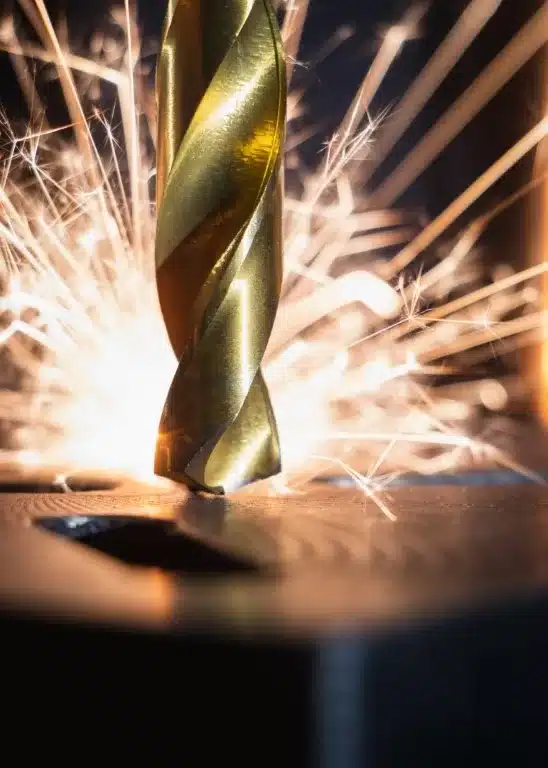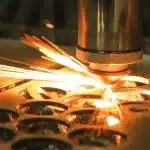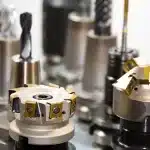Navigating the Complex Paths
Machine shops are no strangers to complex tool paths, intricate designs, and meticulous precision. But did you know all these activities could potentially secure your business significant Research and Development (R&D) Tax Credits? Let’s delve into how your everyday tasks could translate into substantial tax savings for American corporations.
The Art of Precision Complex Tool Paths and R&D Tax Credits
One of the most challenging and innovative aspects of machine shop operations is the creation of complex tool paths. This involves considerable R&D work, as the process requires significant problem solving, prototyping, and experimentation. These activities could meet the IRS’s four-part test for qualifying R&D activities, thus making them eligible for R&D Tax Credits.
Innovative Prototyping An Eligible R&D Activity
Prototyping is an integral part of machine shop operations. It involves creating a new or unique product or process, or improving an existing one. This is a quintessential R&D activity, as it involves resolving technological uncertainties and pushing the boundaries of what’s possible in your industry. The costs associated with prototyping, such as wages, supplies, and contractor costs, could be eligible for R&D Tax Credits.

“Automation is driving the decline of banal and repetitive tasks.” — Amber Rudd , UK Secretary of State
Efficiency Optimization A Route to Tax Savings
Continuous improvement is the mantra of every successful machine shop. Processes are constantly tweaked and optimized to improve efficiency, minimize wastage, and boost output. This continuous advancement in technology and processes could qualify as R&D activity, making it eligible for R&D Tax Credits.
The Future of R&D Tax Credits AI and Automation
Artificial Intelligence (AI) and automation are revolutionizing the way R&D Tax Credits are claimed. Instead of manually tracking and documenting R&D activities, AI-powered systems can automatically capture eligible activities in real time. This significantly reduces the time and effort required to prepare and support R&D Tax Credit claims. The future of R&D Tax Credits indeed lies in AI and automation, making it even easier for machine shops to claim the tax credits they deserve.
Unlock Your Potential Savings
By understanding how your machine shop’s daily activities qualify as R&D work, you could unlock significant tax savings. Don’t leave money on the table. Reach out to an R&D Tax Credit expert who can help you navigate the process, or click the button below to estimate how much your R&D Tax Credit could be.

 - EN
- EN  - EN
- EN


